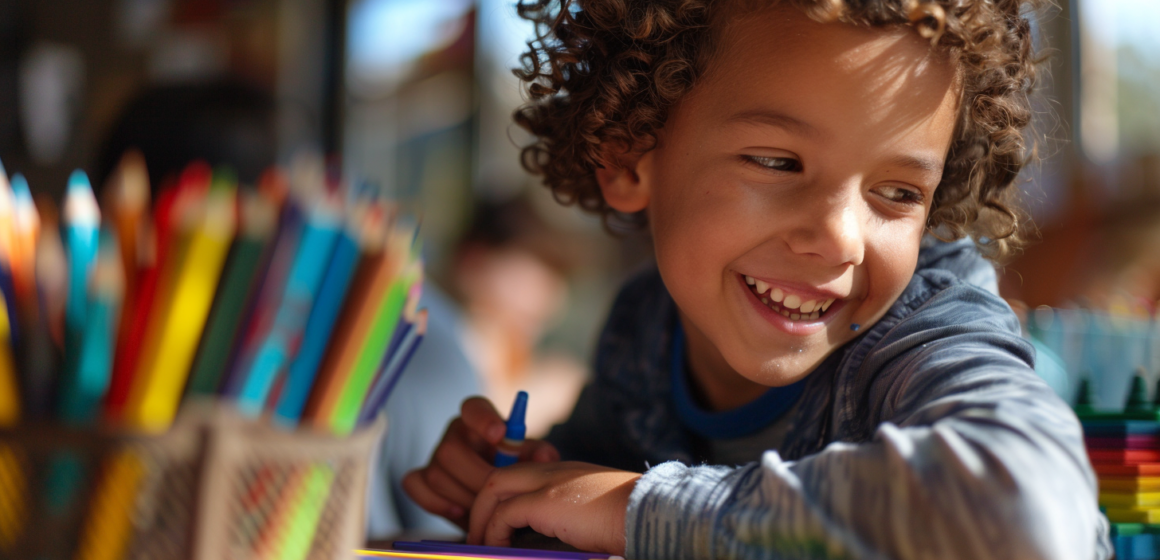Understanding Child-Led Learning: A Comprehensive Guide
In the realm of education, there exists a dynamic approach that places children at the helm of their learning journey. Child-led learning, often hailed as a paradigm shift in educational philosophy, empowers children to take charge of not only what they learn but also how they learn it.
Embracing Child-Led Learning
At its core, child-led learning epitomizes a departure from traditional educational frameworks by granting children autonomy in shaping their educational experiences. Unlike conventional methods characterized by fixed curricula and standardized assessments, child-led learning places paramount importance on fostering a child’s innate curiosity and self-directed exploration.
The Essence of Child-Led Learning
Child-led learning is predicated on the belief that children possess an innate desire to comprehend the world around them. By relinquishing control over the learning process, educators aim to kindle and nurture this intrinsic curiosity, thereby catalyzing a lifelong passion for learning. In essence, child-led learning transcends the confines of traditional pedagogy, embracing a holistic approach that values individuality, creativity, and self-discovery.
Navigating the Terrain of Child-Led Learning
Flexibility in Learning Modalities
One hallmark of child-led learning is its inherent flexibility in accommodating diverse learning modalities. Whether through art, music, role-playing, or experiential activities, children are afforded the freedom to engage with educational content in a manner that resonates with their unique interests and learning styles. This versatility not only fosters a deeper engagement with subject matter but also cultivates a sense of ownership and agency in the learning process.
The Role of Adults
While children assume a central role in directing their learning journey, the involvement of adults remains integral to the efficacy of child-led learning. Parents and educators serve as facilitators, mentors, and sources of support, scaffolding children’s learning experiences and providing guidance when needed. Far from being passive observers, adults play a pivotal role in creating conducive learning environments that nurture curiosity, critical thinking, and self-confidence.
Unveiling the Benefits of Child-Led Learning
Fostering Intrinsic Motivation
By placing children in the driver’s seat of their education, child-led learning fosters intrinsic motivation—a potent catalyst for sustained engagement and learning. Empowered to pursue topics of personal interest and relevance, children are more likely to exhibit enthusiasm, curiosity, and initiative, laying the groundwork for a lifelong love of learning.
Nurturing Self-Directed Learners
Central to the ethos of child-led learning is the cultivation of self-directed learners—individuals equipped with the autonomy, resilience, and self-awareness to navigate the complexities of the modern world. Through self-directed exploration and experiential learning, children develop essential skills such as problem-solving, decision-making, and self-reflection, empowering them to thrive in an ever-evolving landscape.
Harnessing the Power of Child-Led Learning: Practical Strategies
Embrace Experiential Learning
Encourage hands-on exploration and experiential learning opportunities that foster creativity, critical thinking, and problem-solving skills.
Cultivate a Supportive Learning Environment
Create a nurturing and inclusive learning environment where children feel empowered to express themselves, take risks, and learn from failure.
Foster Collaborative Learning
Promote collaborative learning experiences that encourage peer interaction, communication, and the exchange of ideas and perspectives.
Leverage Technology
Integrate technology as a tool for exploration, creativity, and self-expression, leveraging digital resources to enhance learning experiences and facilitate personalized learning pathways.
Child-led learning represents a transformative approach to education—one that celebrates the innate curiosity, creativity, and agency of every child. By embracing the principles of autonomy, flexibility, and collaboration, child-led learning empowers children to become active participants in their educational journey, fostering a lifelong love of learning and equipping them with the skills and mindset needed to thrive in the 21st century and beyond.
